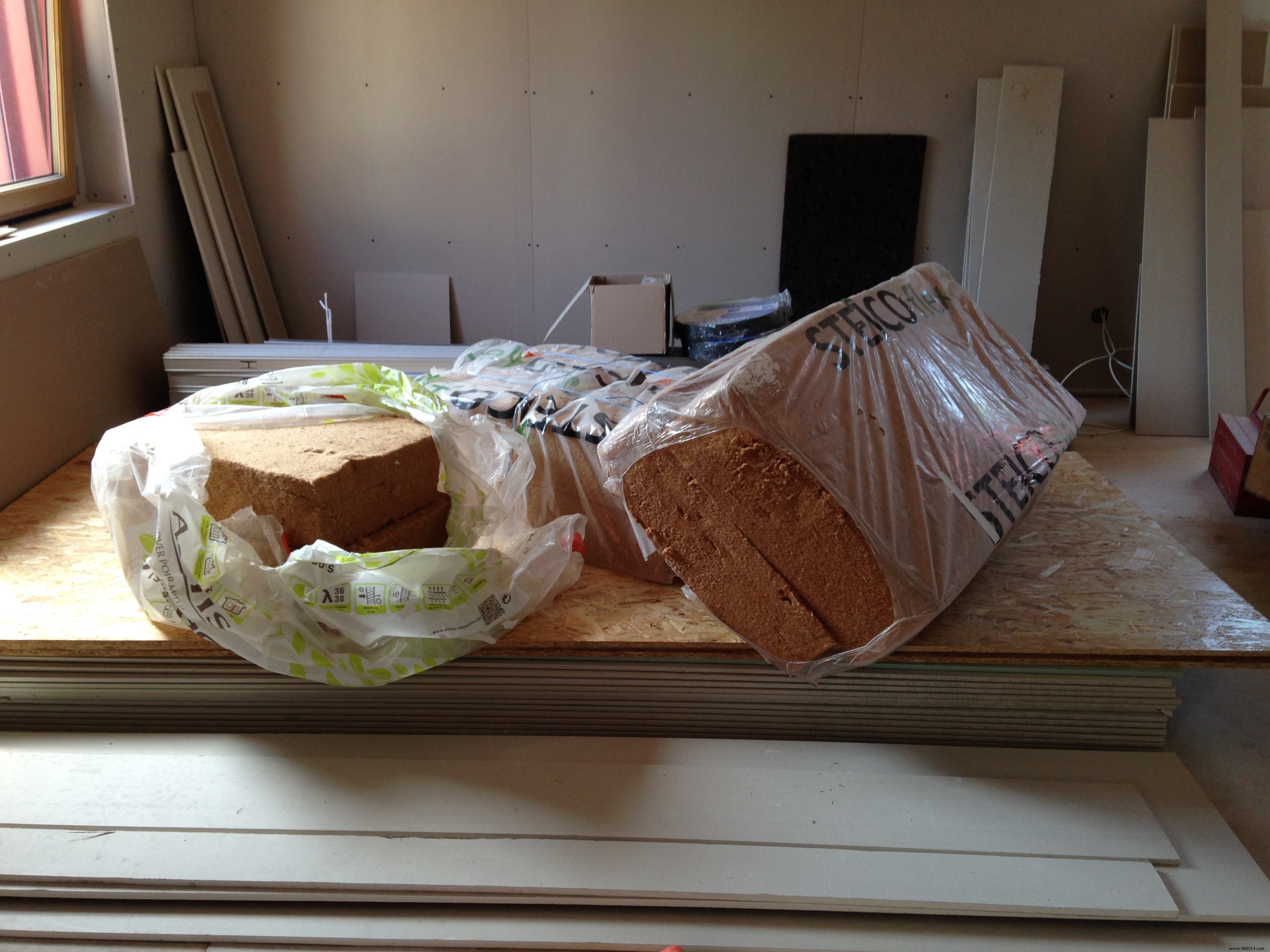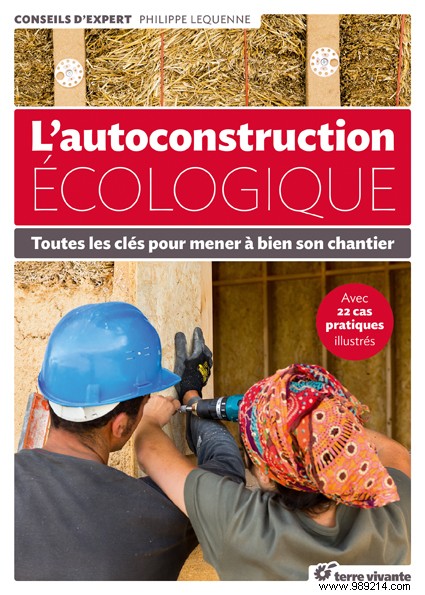
Building your own house has always been part of the dream of any experienced handyman:beyond saving money, it's also about doing it according to your idea, according to your desires and according to your techniques.
Today, the dominant criterion for turning to self-construction is based on energy savings, by creating a "passive" or "positive energy" house.
For 12 years now, the association "La maison passive" has been organizing Passive House Open Days which will be, this year, November 13, 14 and 15, 2015 , throughout France, with a hundred buildings to discover. You can find the program of possible visits to passive houses near you, in your local newspaper or on the Passive House website.
Everyone is there:on the one hand, those who open their doors are proud to show their achievements and their successful project. It is a great appreciation of their work. On the other hand, those who visit have generally already studied the question well from a theoretical point of view:there they can concretely realize the performance of the passive concept and discuss with the designers the possible pitfalls to avoid. /P>
Gradually, these innovations and experiments attempted by individuals in self-construction, are refined and professionals, including those concerning the distribution of ecological products, are interested in them and develop their know-how.

There are many sites and blogs allowing project promoters to discuss and seek advice:they are invaluable. However, even if self-construction is based on experience and on-the-job learning, it cannot be improvised! It is advisable to prepare your project well, by drawing up plans (with the help of an architect if necessary, even if it is only compulsory for constructions exceeding 170 m²), by deciding on the materials used and the techniques implemented, also defining a timetable because it is necessary to have a little time to engage in self-construction.
In the vast majority of cases, self-construction is not total, but it is partial, entrusting certain very specialized sites to professionals who also offer a guarantee on their achievements (framework, framework, plumbing, etc.). You will therefore have to think carefully about your building site and construction insurance. In addition, perhaps you will need to train yourself so as not to act as a pure dilettante.
Once you have your land, you will have to choose the type of construction system, submit your building permit then plan and organize your site to know where you are going without it dragging on at the risk of deterring families and friends from coming to give you a helping hand.
To help you, The ecological self-construction of Philippe Lequenne *, an engineer specializing in architecture and renewable energies, will be invaluable to you. A real practical guide to self-construction, you will find in particular around twenty sheets on the main stages of a project based on concrete cases:foundations, slabs and floors, insulation of walls and partitions, roofing, joinery and exterior walls, waterproofing air and ventilation, solar energy, water, electricity... In the appendix, you will also find a wealth of information with lots of good addresses for training, supplies, information, etc...
If you embark on self-construction, you will experience moments of discouragement:don't worry, it's normal. Hence the interest of being well surrounded at the level of families, friends but also networks of self-builders!
* Editions Terre Vivante - released on November 6, 2015 - €23